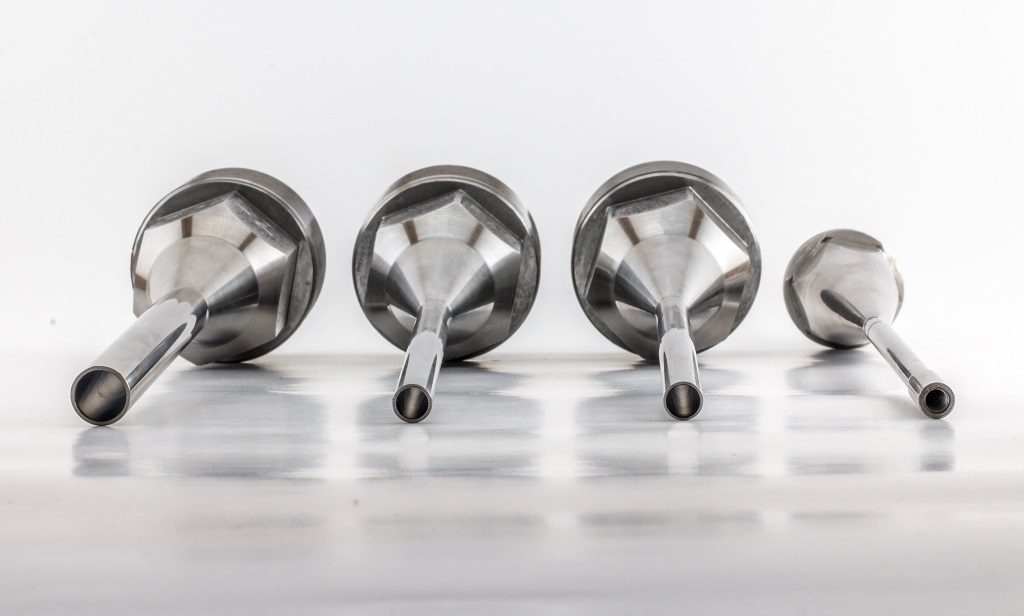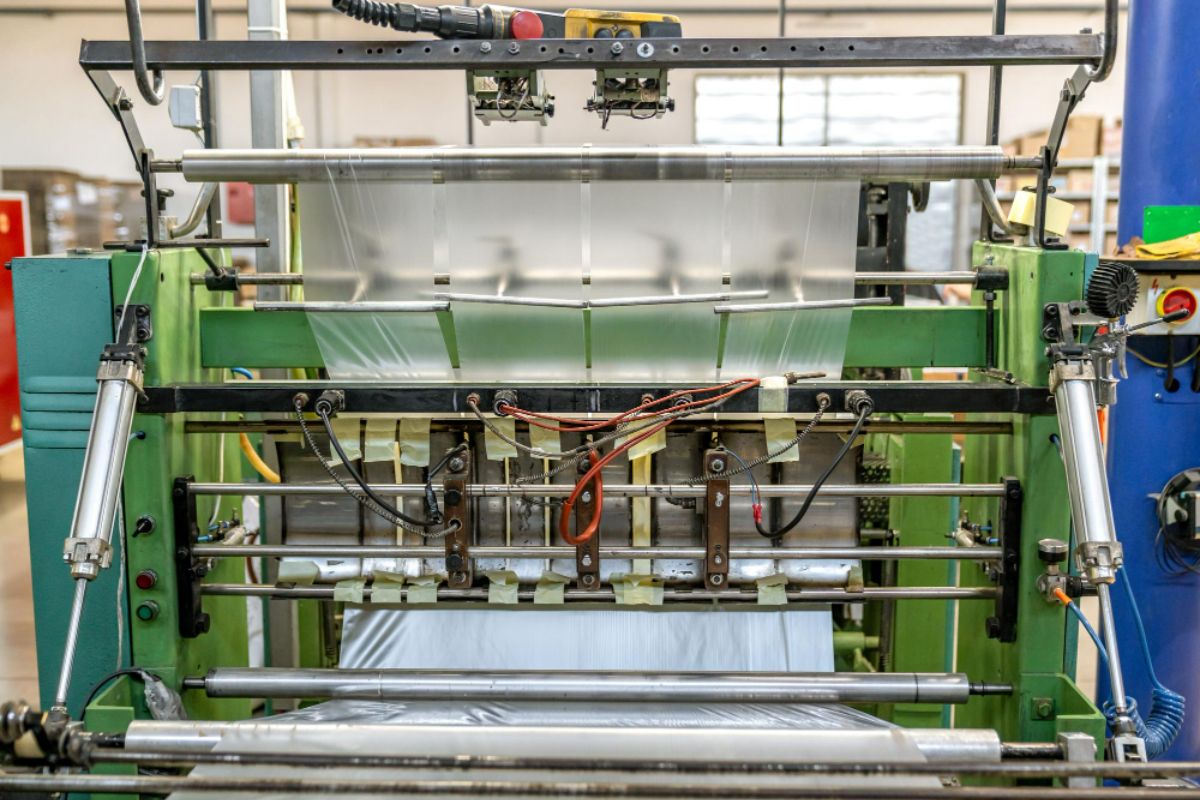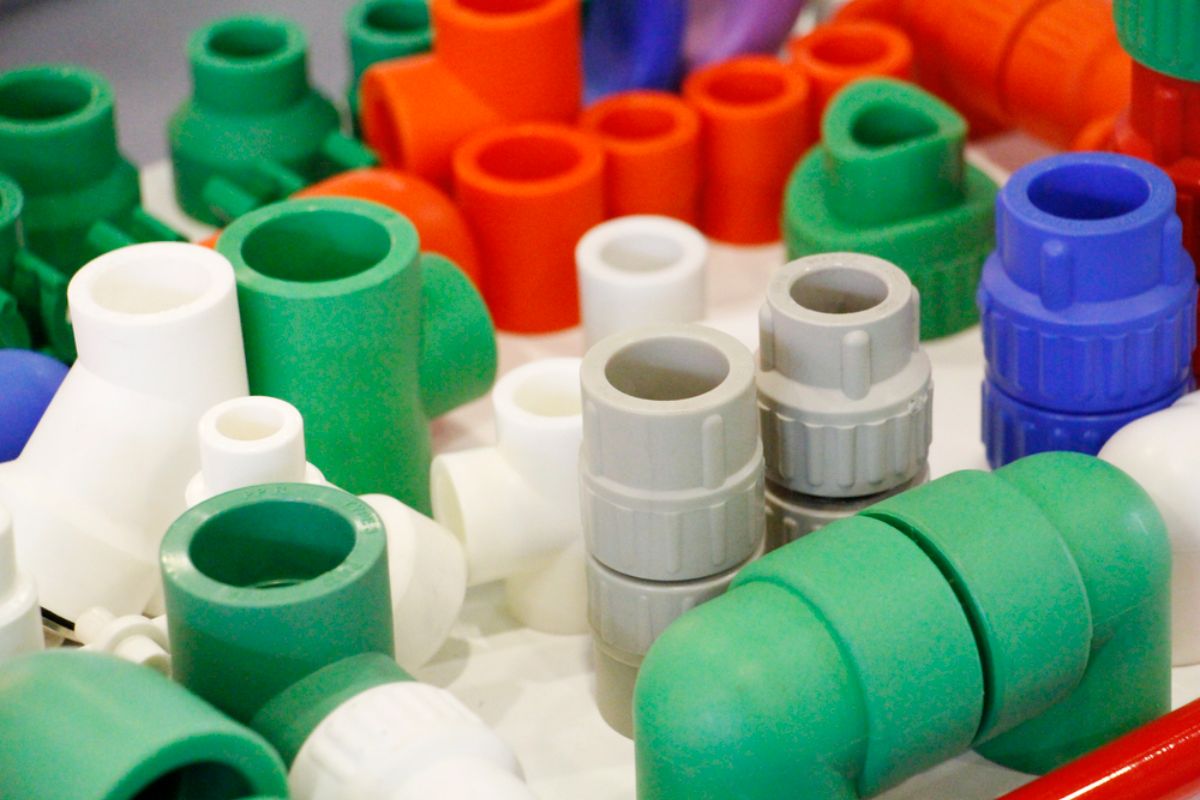What should you take note of when designing plastic products?
- Coring
- Draft
- Die-Lock
- Pass-thru Coring
- Annular Snap
When it comes to injection molding, there’s a lot of things to consider making sure that the product comes out as good as possible. With that said, sometimes even the most intricate design can’t be used because of how expensive it is. Keep in mind that the services of plastic manufacturers are not cheap. The more complex the plastic product you want to make, the more expensive it will be. It’s fairly easy to design a plastic product of your own. But make sure that it coincides with all the other considerations involved with it is very hard, even for experts in the industry.
Fortunately enough, experts in the field have compiled a list of important factors that can help you save on your product design for injection molding! These design practices will make sure that your product design is as cost-effective as possible!
Take note of these injection molding design practices and immediately save on the production costs of your products!
Coring
The concept of coring basically revolves around simply removing material from a plastic part. This removal of material leaves a rib structure behind. These ribs that are left behind provide additional structural integrity to the part and extra mating surfaces for other parts in the assembly. Without a level of coring, your products will probably get uneven wall thickness that can lead to uneven cooling of the product.
These abnormalities in cooling and heating can result in a high probability of getting sink marks in the finished product—which can make or break the usefulness of it. Improper or no coring basically means that you have a greater volume which can lead to longer cycle time which in turn means higher costs. Aside from that, you’ll also find different facets of your part having uneven shrink rates. Making your parts go out of tolerance. By designing your mold with necessary negative spaces in key parts you’ll ensure even wall thickness, cooling, and shrinkage of the whole product.
Draft
Drafts are basically angled wall sections that allow for smooth and easy removal of the product from the mold. Without drafts, the part will most likely not come out of the mold properly. Even more so, it will leave scrape marks, decreasing the overall aesthetic value of the part. These are also essential in protecting textures and geometries come out correctly during the ejection of the mold.
Without proper drafting your plastic product might get stuck inside the mold, needing to be released by precise force inputs which adds more to the cost—something you definitely want to avoid. Most of the time draft angles are very small such as a one-degree angle or a millimeter in length.
Die-Lock
Injection molding functions on one plane. And when a product has holes and other plane significant designs, it’s crucial to make sure that all the designs are within one plane. This prevents the need for more slides which will increase the costs for your mold tremendously. When parts are not die-locked, they cost a fraction, often times 1/3 the cost of die-locked parts.
Pass-thru Coring
Products with undercuts such as latches or any other kind of locking feature. To mold these types of plastics, you would have to have some kind of lifter that can pull the undercut as the part eject. This can easily be done by using pass-thru coring. This can be done by simply inserting a cutout into the affected features.
Make use of the pass-thru coring process so that you won’t need to make use of the lifter machines. It’s fairly easy to get the same kind of feature by simply cutting out the bottom and using a piece of steal to mold the feature as it comes up through the bottom. Since you don’t need the lifter machines, you’ll be able to save a lot by using a procedure that’s way simpler!
Annular Snap
Most of the time, when you have some annular features on your product, it should require additional slides or lifters to help be ejected. To do away with this, you should just focus on some particular considerations. First off, make sure that you’re using relatively soft materials that can easily be removed thanks to its innate elasticity. You should also follow the 1:3 rule which states that the features’ width must be 3x its height.
Key Takeaway
Creating a plastic product will always be expensive. The cost depends on which plastic manufacturer you choose, and the design of your product. The only way for you to really save money is by designing your product with the minimum costs in mind. Remember, you don’t have to make use of all the latest and expensive machines that plastic manufacturers have to maintain quality. Rather, you should be cost-effective and practical with your design choices.












